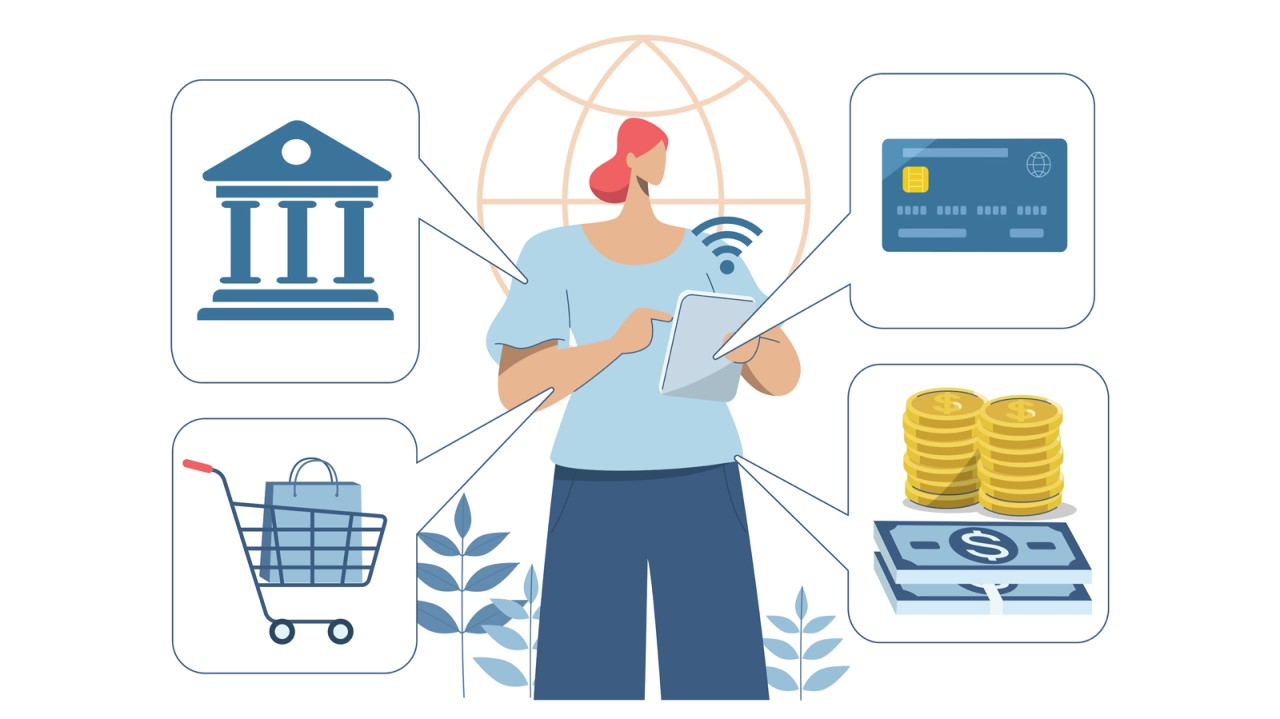
Our lives are becoming increasingly digital, and as it happens, we are making assessments in real time on how digitized elements serve us in all aspects of life. Local government too is becoming more digital by transitioning services online and enhancing their digital presence.
As a result, both local government leaders and community members are adjusting, adapting, and assessing new technologies to determine the right fit for them. We’re reimagining all of our processes including public engagement, begging the questions: what does public engagement look like in the digital age? How can we incorporate digital engagement in a way that continues to build trust?
One popular response to digitization is that it undermines the relational aspect, which subsequently builds trust, of the dialogue between local government and communities. While it is true that nothing can take the place of in-person, face-to-face communication, a CivicPlus report found that community members expressed increased satisfaction and trust in local governments with digital service technologies.
Furthermore, trust levels were higher among residents who engaged digitally with their local governments more than once a month; they were almost five times more likely to trust their local government compared to less frequent users. At a time when trust in local government is generally low, this report suggests a causal relationship between digital engagement and trust, and serves as a catalyst for a reimagined, intentional, and mindful approach to incorporating digital service technologies within local governments.
Digital Engagement as Part of a Holistic Approach
The CivicPlus report shows that the integration of modern technologies in public works departments plays a vital role in enhancing residents’ perception and trust. The digitization and provision of tracking service requests and initiatives online can significantly boost trust and engagement. So why not make everything digital? A fair question to ask, no doubt.
The reality is that there is no singular formula that contains the perfect combination for digital and analog elements that will work for all communities alike. We are seeing that an increased incorporation of digital elements in local government services and public engagement is increasing trust, which leads us to recognize that digital is certainly a part of the mix.
For example, in the city of Gilroy, California, USA, in response to census data that revealed that roughly 46% of the city speaks a language other than English at home, the local government adopted a real-time digital translation service that allows residents to attend city council meetings and listen in their preferred language. This AI-based digital application allows community members to engage remotely and ask questions in a language of their choice, thereby promoting more inclusive public engagement and building trust. Ten to 15 years ago, we could not have imagined digital technology making such a dramatic impact in our ability to reach community members who speak different languages.
However, it is important to note that balance is the key to a holistic approach to digital engagement based on local government’s understanding and knowledge of the community they serve. What works for the city of Gilroy may not work well for another city; another community may not have the digital literacy levels that allow for easy adaptation of a translation app. Thus, digital interactions must be balanced with traditional engagement methods in order to ensure that there is something for everyone. Furthermore, digital equity continues to play a key role in the process of developing holistic and balanced public engagement processes and services. The efficiency of digital platforms can be leveraged while simultaneously exercising a mindfulness toward the need for balance.
Enhancing Digital Presence Mindfully
Community members value transparency and easy access to government decisions, and the influx of digitization has made that possible. Community members reported an increased level of satisfaction with their local governments when self-service features were easily available and when governments regularly updated their meeting and agenda software. The demand is there for user-friendly digital services, but the process of digitization must be done mindfully with digital equity at the center of the process.
For example, the city of Philadelphia, Pennsylvania, USA, used census data, artificial intelligence, and mapping technology to create a disability characteristics map to represent the diversity in abilities of the city’s residents. This map is designed to help policy makers better understand the diversity in their communities to help inform decisions on resources during emergency situations and distribution of grants. For community members, the map also incorporates AI technology that has tools designed to make local government decisions and information easily accessible for those with disabilities.
In a press conference, the chief of the city’s office of diversity, equity, and inclusion, Josie Pickens, said, “Everything we do as a city should be accessible to people with disabilities and should be inclusive of them. That’s what makes this map so innovative.”
Degrees of digital literacy and levels of digital comfort vary in our diverse communities, and it is essential that we be mindful of that when seeking to enhance our digital presence. It is important to think through what will be best for your community and proceed with an appropriate balance between digital and analog services. The best way to get a sense of where your community is with respect to digital services and digital literacy is to conduct a comprehensive and inclusive public engagement process.
Some common challenges include strategy alignment, budget constraints, implementation, and resistance to change internally and externally. Incorporating digital services and kickstarting a transition process is not easy, and these common challenges are just a few of the things to consider as you seek to enhance your digital presence.
Conclusion
As we continue to reimagine what local government, and specifically public engagement, looks like we must remember that at the heart of digital transformation in local government is the community and meeting their needs for transparency and trust in their leaders. This belief will remain a steadfast pillar of public engagement even as we seek to mindfully incorporate new technologies and approaches to enhance our ability to reach our full communities and build trust.
Building a strong relationship with your community is integral for success in all areas, and while many cities are seeing an increase in trust as a result of incorporating more digital services, what works for one city may not work for another. Regardless of where you are in the process, it is important to remember that digital engagement is a part of a holistic, balanced approach to build services that meet your community where they are.

POOJA BACHANI DI GIOVANNA is the assistant director at the Davenport Institute and works on curriculum development and program delivery, communications, and strategic relations.

BILLY TRAKAS is the founder of A Community Engagement Company, which specializes in building capacity for local governments to adopt an online strategy for all its projects. Billy has over five years of experience in digital community engagement working at various firms in the local government space. (billy@communityengagement.co)
New, Reduced Membership Dues
A new, reduced dues rate is available for CAOs/ACAOs, along with additional discounts for those in smaller communities, has been implemented. Learn more and be sure to join or renew today!
